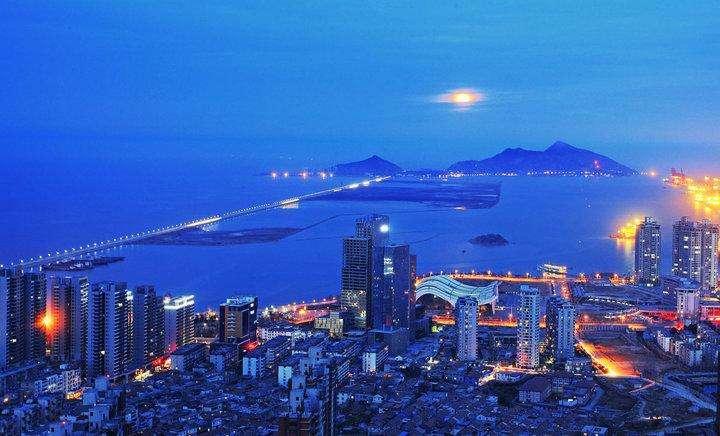BEIJING, Sept. 5 (Xinhua) -- As one of the first coastal cities opened to the world, development of Lianyungang in east China's Jiangsu Province was once sluggish.
In recent years, Lianyungang has focused on pharmaceutical innovation, joining in the Belt and Road construction and building a green petrochemical base with high standards, which has helped the city to embark on a new road of developing with high quality.
-- China pharmaceutical port
Hengrui Medicine, Hansoh Pharma, Chia Tai Tianqing Pharmaceutical and Kanion Pharmaceutical rank first, second, fourth and eighth respectively in the recently released list of China’s best pharmaceutical enterprises with the best R&D production lines in 2019.
The outstanding performance of Lianyungang pharmaceutical enterprises is attributed to their continuous investment in innovation.
In the research institute of Hengrui Medicine, magnetic resonance imaging machines, X-ray diffractometers and other international first-class R&D equipment are placed in the laboratory, and the R&D team is carefully working.
"In 2018, the company invested 2.67 billion yuan in R&D, accounting for 15.3 percent of sales income, and built a R&D team of more than 3,000 people, laying a solid foundation for the company to accelerate the pace of innovation." Lu Yun, president of the research institute of Hengrui Medicine.
Five innovative drugs have been approved to go on sale so far, Lu said.
At present, Lianyungang is speeding up the construction of "Chinese pharmaceutical port" with a planned total area of 30 square kilometers to build an ecological system of biological medicine industry covering R&D, production and manufacturing, sales and service, technical exchange and achievements exhibition.
-- Gateway to the sea for Central Asia
As a starting point of the eastern end on the Belt and Road, Lianyungang has seized the opportunity brought by the initiative in recent years and took its advantage in land-sea transport to establish a gateway to the sea for the hinterland of Central Asia.
In May 2014, the first phase of China-Kazakhstan (Lianyungang) logistics cooperation project was completed and put into operation.
Children's strollers, auto parts, medical devices and building materials are transported from Lianyungang to central Asian countries in urgent need of these products. At the same time, wheat and mineral products from Central Asia also pass through Lianyungang via this railway artery and are eventually sold to Southeast Asian markets.
In addition, Lianyungang has opened more than 60 routes on the sea and has trade relations with nearly 1000 ports in more than 150 countries and regions based on its excellent port conditions. An area of 20.27 square kilometers of the Lianyungang port has recently been approved to be a new pilot free trade zone in China.
-- Green petrochemical base
When speaking of chemical parks, many people think of hazardous chemical waste, dirty water, and unpleasant smell. However, entering Lianyungang petrochemical base, there are not only clean and bright plants, but also large green areas and clear water flow.
Lianyungang petrochemical base, with a planned area of 62.6 square kilometers, is one of the seven largest petrochemical bases in China. It is committed to building a large-scale integrated refining and chemical base featuring new chemical materials and fine chemicals.
Sheng Hong petrochemical industrial park is the leading project in Lianyungang petrochemical base, and also a role model of chemical enterprises in green development in the base.
About 15 percent of the total investment is invested in safety and environmental protection, said a staff of the company, adding that its investment in safety and environmental protection is far beyond the industry average level.
In the process of building the petrochemical base, Lianyungang has always insisted on the bottom line of environmental protection, which is the proportion of environmental protection investment shall not be less than 10 percent. In recent years, nearly 300 billion yuan of projects have been introduced into the base, while over 300 billion yuan of projects have also been rejected for the environmental issue. (Edited by Yang Qi, kateqiyang@xinhua.org)




 A single purchase
A single purchase









